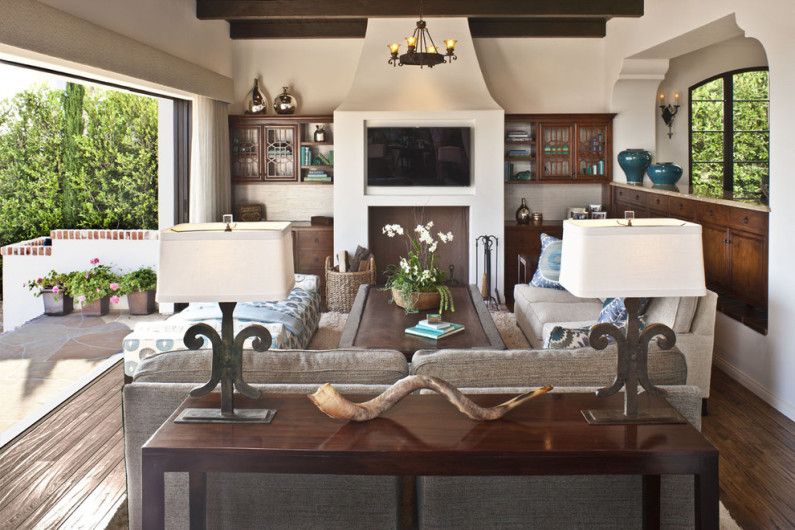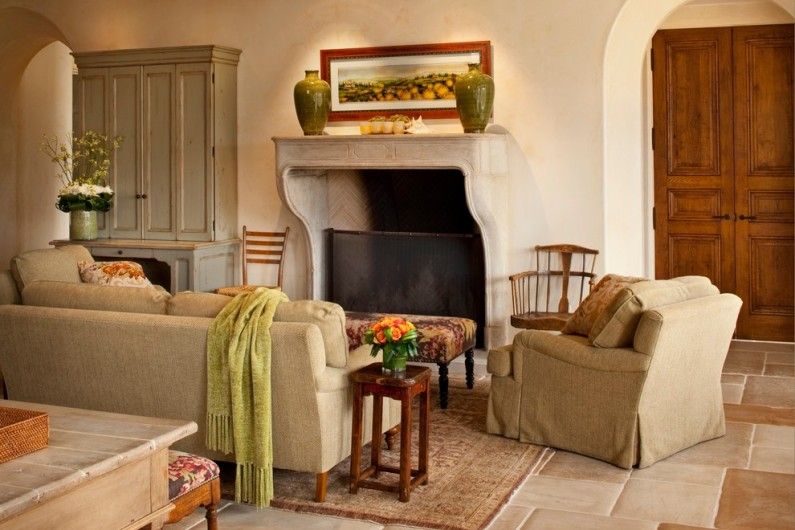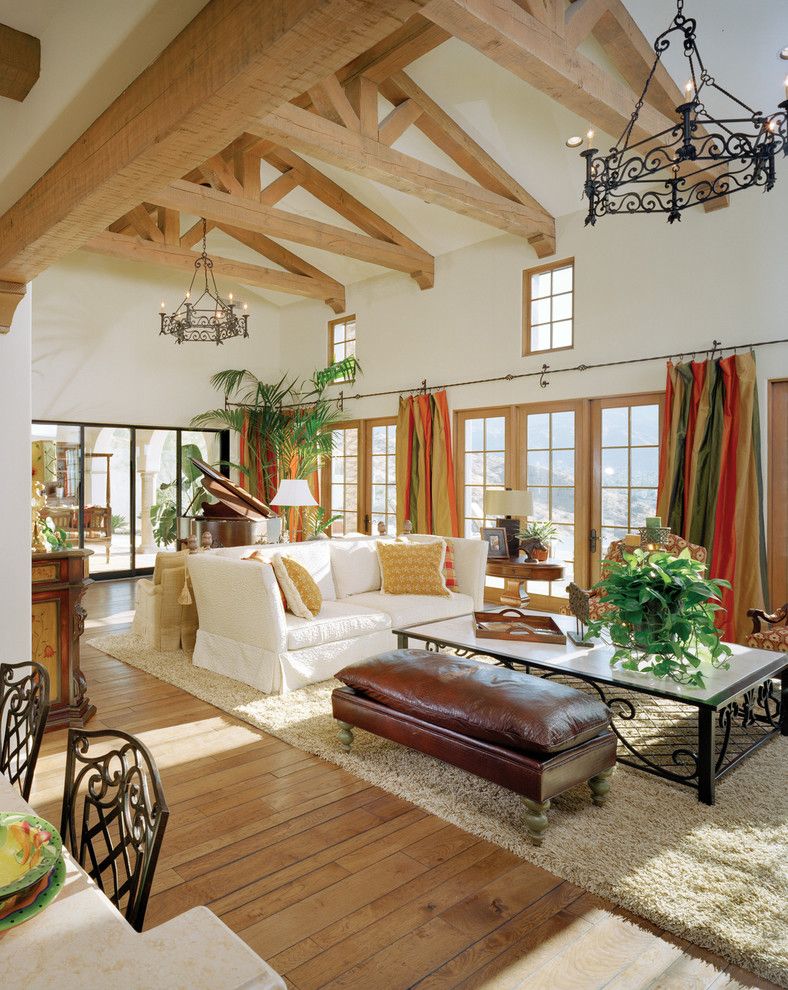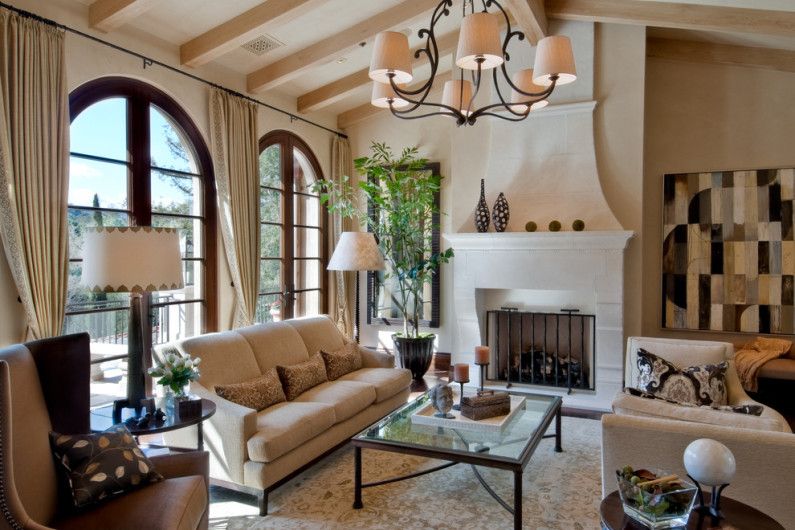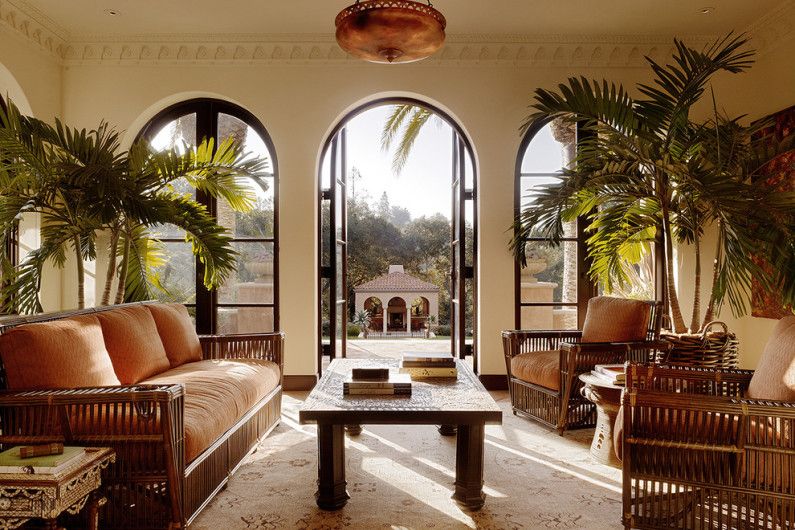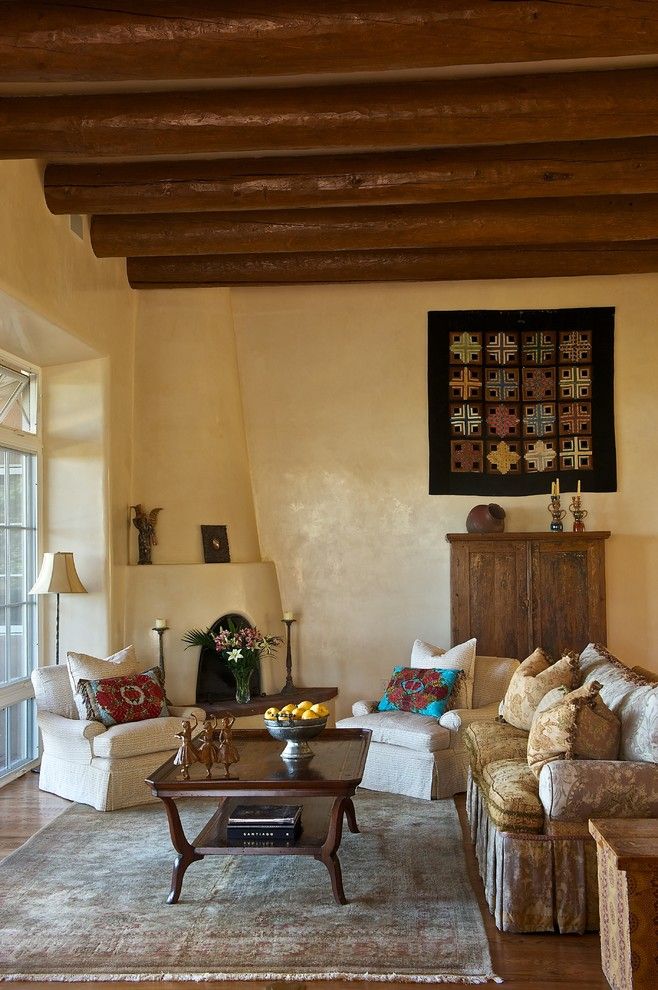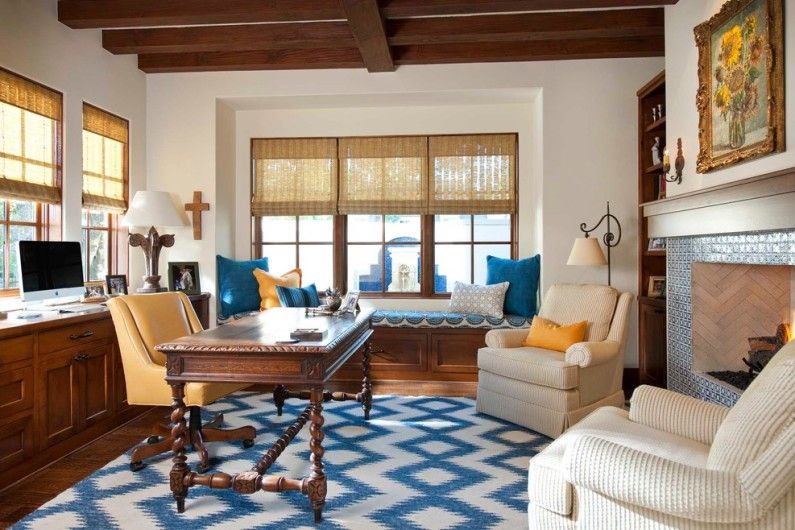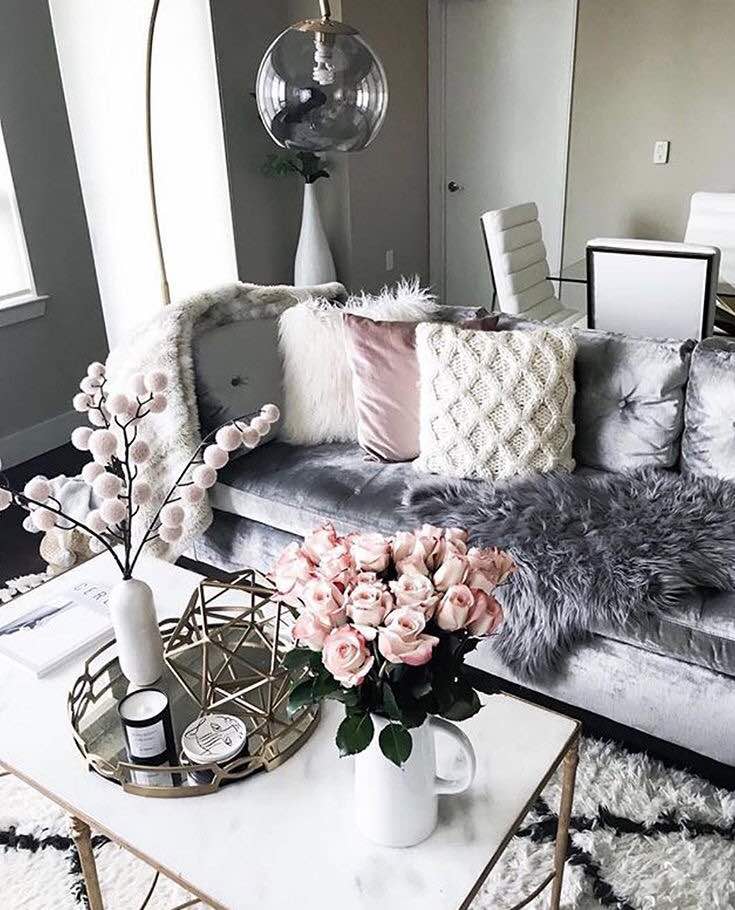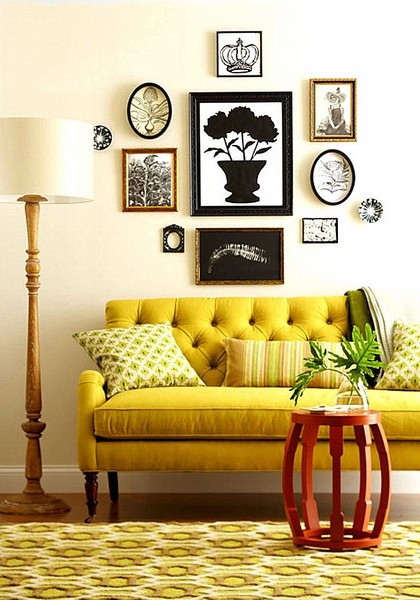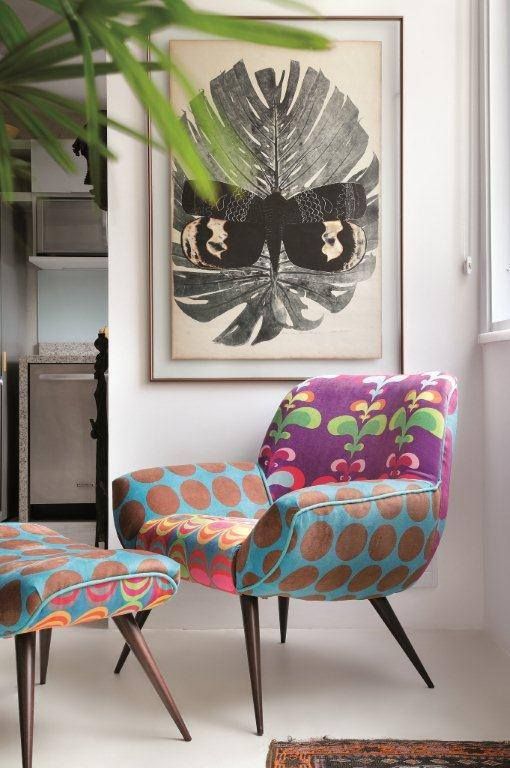Content
- Mediterranean style interior design
- Mediterranean style features
- What furniture to choose for a Mediterranean interior
- What curtains to choose for the interior in the Mediterranean style
When looking at photos of Mediterranean landscapes, it seems as if this region is radiated with good and happiness. Local houses look as if nature itself took part in the construction, and only then, in the design of interiors. But be sure, such an idyll in the form of dwellings is a natural component of the lifestyle of people who are distinguished by their love of life and hospitality.
If you want to know how to fill the home environment with the Mediterranean spirit and are simply in love with this style, we will tell you about the main nuances that will help create a colorful living room, even if it is part of a city apartment in our latitudes.

Mediterranean style interior design
There is a detail to keep in mind when setting up the room in a Mediterranean style. Experts divide it into the so-called “under the styles”: Italian and Greek.
Italian implies a combination of warm shades of earth, wood and stone, uses forged elements in large quantities in furniture and decor.
The Greek direction of the Mediterranean style is a snow-white color at the base, complemented by radiant shades of blue, interspersed with yellow and terracotta. The furniture here is made of wood, moreover, roughly processed “faded”.
Mediterranean style features
A lot of air and light
Regardless of which style you choose for your living room, be prepared for the fact that large windows are the first step towards a successful Mediterranean image of the interior. It may happen that you need to slightly expand or “extend” the window openings, because in the original reading, the style does not accept stiffness and lack of space.
It should create the feeling that your living room forms almost a single whole with the external environment, in order to achieve this, try, for example, to make from two windows – one, but large. In private houses it is much easier to do this than in apartments, since permission of the authorities is not required.
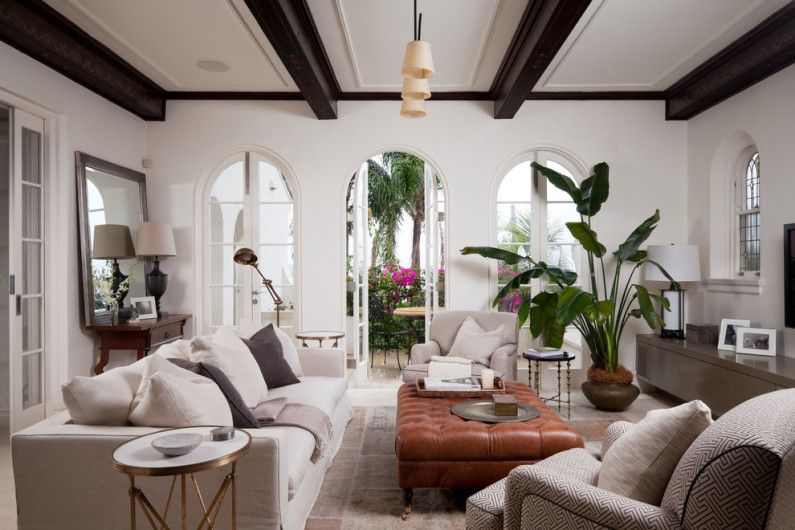
Often in Mediterranean houses, windows occupy a large area of one of the walls, leading guests to the garden or terrace.
Natural materials in the interior
In all that relates to cladding and filling the living room, you should use natural clean materials, or, in some cases, their successful imitation.
The living room floor is laid out with ceramic tiles, natural or artificial stone, wooden boards or a laminate with a rough texture.
Exclude wallpaper, panels, moldings – in the Mediterranean interior they are not appropriate, you just need to plaster and light-coat all the walls, including the ceiling. Please note that the wooden beams in its design are equally a necessary feature of the Mediterranean interior, as are large window openings. A tree for this purpose is selected rough, as if saturated with sea salt, cracked, gray-brown or natural light brown.
Most often, the color of wooden beams echoes the tone of doorways and window frames, which are also visually highlighted with wood. Use metal in the form of forging, but only if, as mentioned above, the interior of the living room tends to Italian Middle-earth.
Natural palette in the interior: primary colors
The Italian sound in the Mediterranean living room requires saturating the interior with warm shades of earth: terracotta, sand, beige, taupe, dark brown, cream, Neapolitan yellow, and in addition use green accents and black as a small amount of accent.
It’s not for nothing that the Greeks prefer white in the outer and inner lining of rooms; in a hot climate, it copes with the influence of the bright sun as well as possible, not absorbing its rays, but only reflecting.
In the living room, in addition to white, use piercing turquoise, azure, blue, cobalt, bright yellow and lemon, light terracotta, straw and sand, pale green. Against the background of neutral natural shades, the colors of the sea and the sun in accessories emphasize the character of the Mediterranean living room.
Distinctive features of the Mediterranean interior, simple surface finish
To fix in your memory information about the distinctive features of the Mediterranean interior, we repeat that the walls are covered with relief stucco, and painted. But against the background of such “village” walls, the focus is on the fireplace portal, and it is very important for the Mediterranean interior.
If you don’t have the opportunity to build a real fireplace, you can create a pseudo version of it, and place an electric heater in the middle, or place candles. But in each case, try to somehow highlight this zone, for example, masonry or tile masonry around will be a good solution. The floor near the fireplace can also be laid out with colorful tiles or chipped mosaics. To decorate the portal, you can use all the same rough aged wooden beams, as for decorating the ceiling.
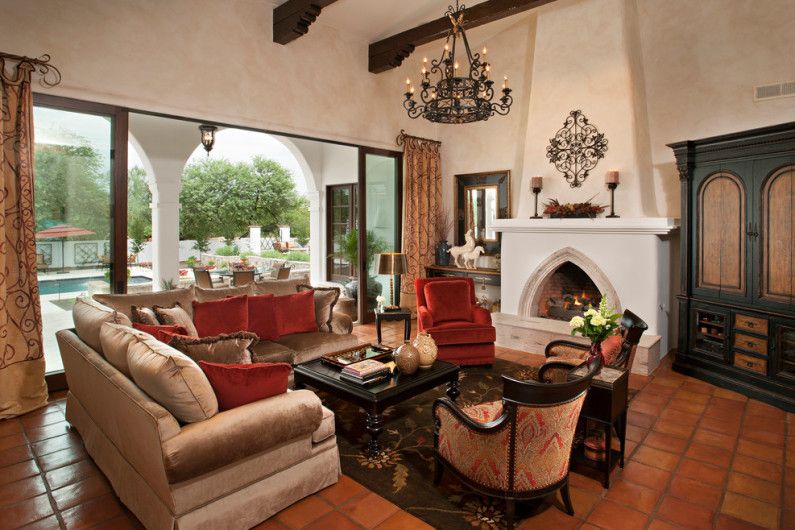
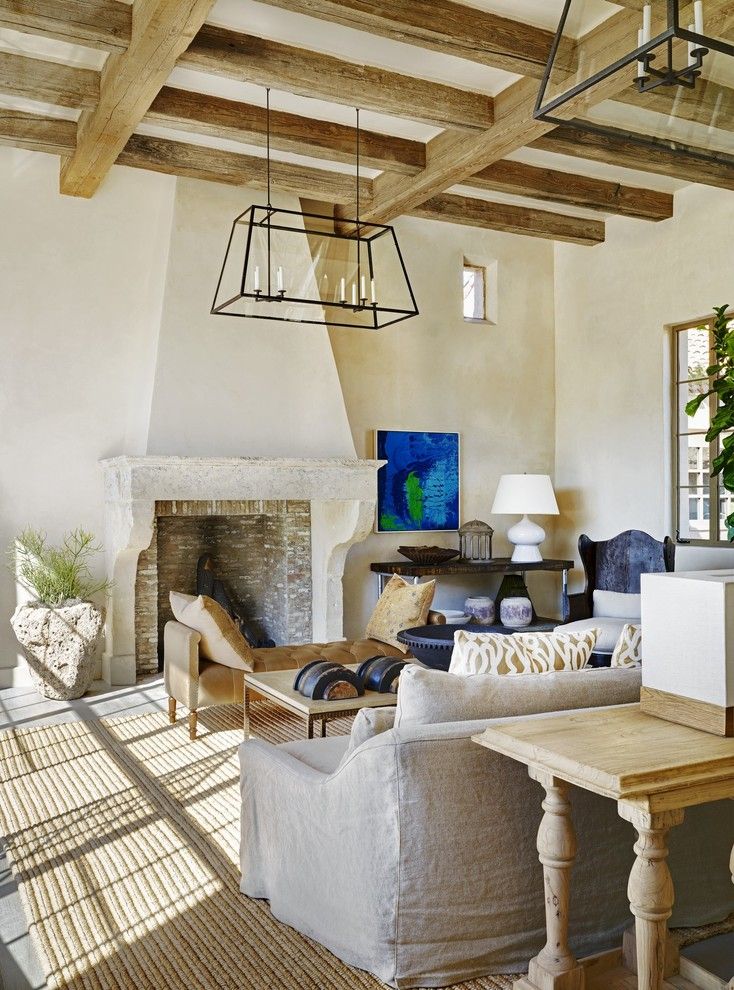
What furniture to choose for a Mediterranean interior
To even more accurately indicate the stylistic identity of the living room interior, you need to choose the right furniture for it. First of all, it, for the most part, should be wooden, rather massive and squat, as for all items.
So, if you install a wardrobe, then there is something in between the dresser and dressing room so that you can arrange decorative gizmos on top. In the Italian Mediterranean, armchairs and sofas are used with forged elements, or even completely with a metal openwork frame. In the dining area of the living room, elegant chairs with high curly backs and soft seats are also arranged at the dining table..
The Greeks, in turn, tend to complement the decor with purely wooden furniture, often using wicker chairs and chairs. But for the Mediterranean, in general, the use of dense natural fabrics is characteristic, from which simple covers are made for sofa backs and pillows, as well as for chairs or pouffes.
So, you should furnish the living room in a Mediterranean style with something like this set of furniture:
A wide, rather large low sofa, complemented by a pair of the same chairs. In the center between them is a coffee table. Along the walls place a bookcase, sideboard or bookcase. Instead of them you can install two identical roomy chests of drawers. You can put a high stool for decor or a table lamp.
Furniture should not be “crowded”, or be placed in a row under the walls. All furnishings need to determine a place at a certain distance from each other, and so that you can freely move between them.
What curtains to choose for the interior in the Mediterranean style
After completing the basic repairs, you need to start the most enjoyable task – the decorative design of the living room in a Mediterranean style..
Windows are characterized by the use of lightweight fabrics in the form of simple functional curtains. You will have to forget about lambrequins, draperies, glassy muslin and other jewelry – only natural ones (cotton, linen, tulle), fluttering curtains on a light forged cornice.
Sometimes, instead of traditional woven curtains, wooden sashes with shutters are attached to the window opening from the inside of the room. But you can decorate the windows with bamboo roller blinds that scatter sunlight.
Mediterranean style living room decor
The decorative furniture of the Mediterranean living rooms is not distinguished by sophistication, but emphasizes the disposing character of the atmosphere. For example, the decoration of the room can be various ceramic vessels, painted plates, clay pots and amphorae. Forged candlesticks are appropriate to be attached to the wall by the fireplace, and a pair of the same copper or, again, with a ceramic base should be placed next to the floor.
Lay out several colorful bright pillows in the sofa area, decorate the coffee table with a wide fruit vase. Instead of dense large carpets, lightweight woven rugs or paths should be laid, and smaller ones should decorate the wall above an armchair or chest of drawers.







